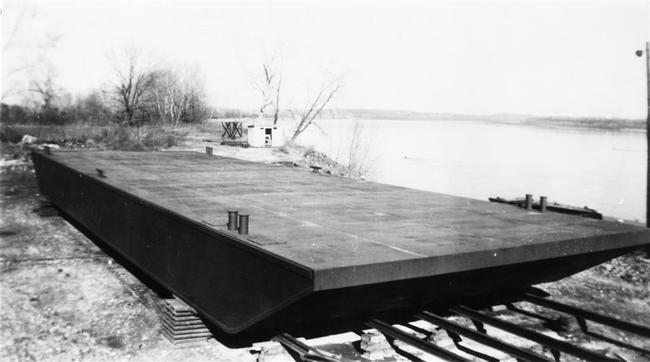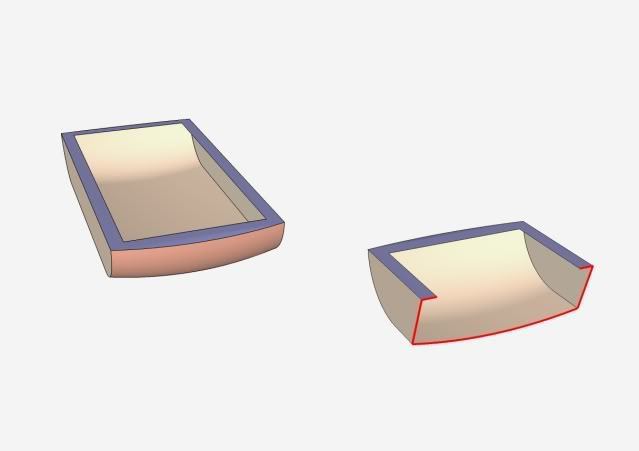Three terms: scow hull, rectangular barge and windage.
A rectangular barge is what my new friend Mr Efficiency recommends. This is what a rectangular barge looks like: [![Deckbarge734.jpg]
[![Deckbarge734.jpg]
And finally, I am told that one of the benefits of the scow is that it has “lower windage”. So, of course, the question is what is a windage? According to some or other online dictionary windange is—among many other things: “That portion of a ship’s surface upon which the wind acts.” As to why a scow has lower windage… you will have to wait till the next installment.
Rwatson, from the forum tells me:
“Windage = how much you will be blown around in 20 knot winds. In open water, it means you might get blown into the mudbanks or onto rocks.
If you are moored at a jetty, you will be bumped up against the dock all night.
If your boat is tall, the wind will affect you much more”
